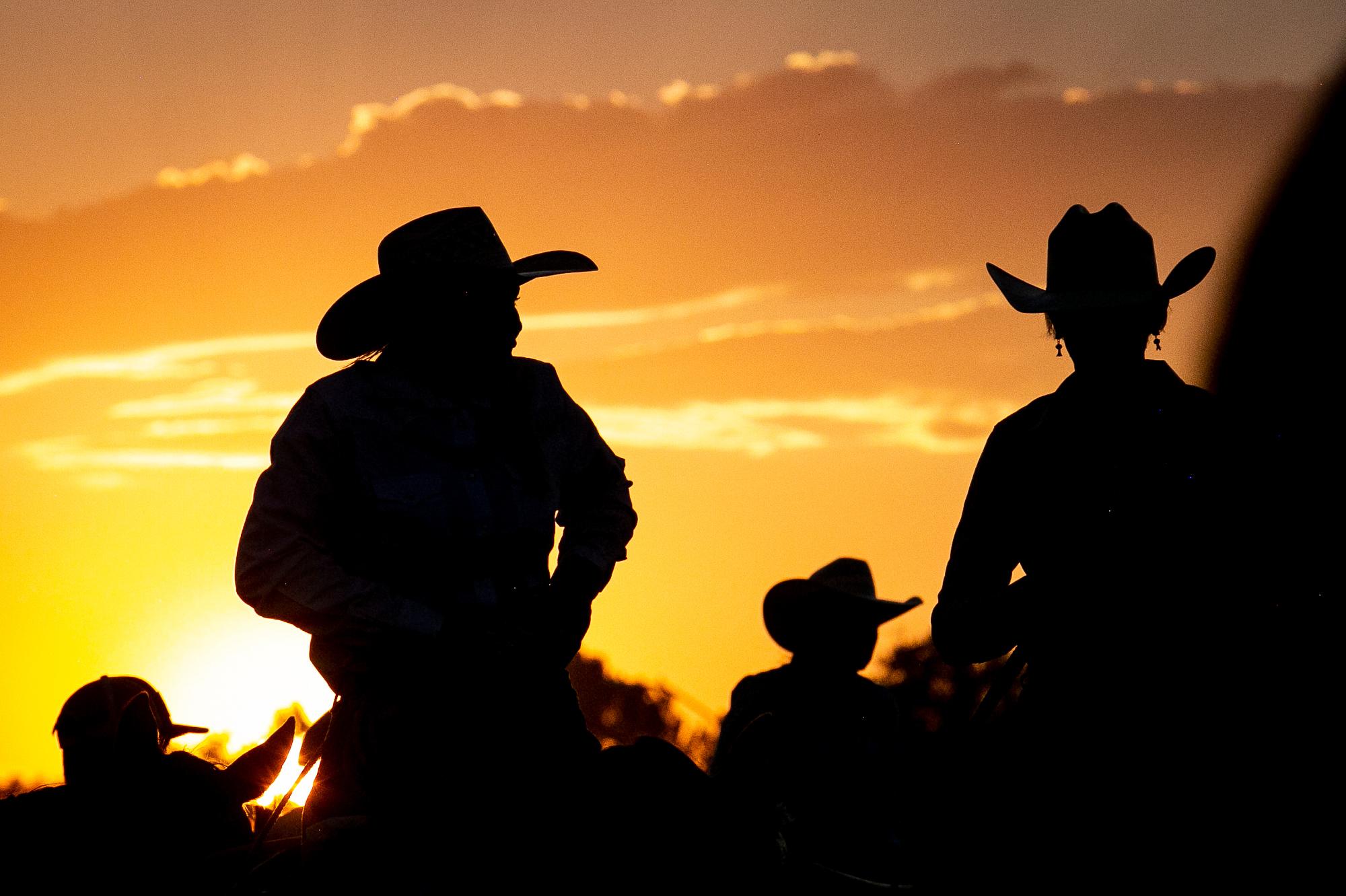
This week Hal tells us about an eclipse of the planet Venus that you can see in broad daylight.
You’ve seen the Moon every now and then during the daytime, visible against a bright blue sky. During the week or so leading up to a full Moon, you may have noticed the Moon visible before Sunset. And during the week or so after a full Moon, you may have noticed the Moon in the Western sky in the morning as you drove to work. But did you know you can also see the brighter planets, Venus, Jupiter, and even Saturn, during the daytime if you know just where to look?
And, because the Moon orbits the Earth in the same orbital plane, or path through space, as the planets orbit the Sun, the Moon, as seen from Earth, passes in front of various planets with surprising regularity.
Indeed, in 2015, the Moon passed in front of Uranus five different times, Mars once, and Venus twice. Or perhaps I should say Venus one and a half times, because as you listen to this edition of Looking Up, if you’re listening to the 10 AM broadcast, the Moon is occulting, or passing in front of, Venus right now!
Today, December 7, you will find the Moon in the daytime sky by extending your arm and making a fist. As it turns out, your fist extended at arm’s length, covers about 10° of the sky. So about 40 to 50°, or about 4 to 5 fist widths, to the right and slightly above the Sun you will see the Moon in the daytime sky.
The Moon passed in front of Venus about 9:35 AM, and Venus will reappear on the backside of the Moon at about 11:13 AM. So grab your binoculars, being very careful not to look at the Sun, and find the Moon and watch for a tiny point of light to pop out at about 11:13 AM. That little point of light is the planet Venus. If you missed this occultation don’t worry, the Moon will keep up the good work, and will pass in front of more planets in the future.
If you’d like to take a closer look at the Moon, Venus, or any of the other wonderful and amazing things in the sky, please visit KRCC.org or CSASTRO.org for a link to information on our monthly meetings and our free public star parties!
This is Hal Bidlack for the Colorado Springs Astronomical Society, telling you to keep looking up, Southern Colorado!







